Media has a far-ranging impact on how women perceive beauty. Girls have their own role models when it comes to beauty and they copy what their movie celebrities wear and carry. Media is playing a role in shaping our perceptions of beauty. We idealize a particular style because it is being carried by our favorite star. Medias role is there and cant be neglected.
Traditional forms of media like magazine, films affect perceptions of appearance and women are concerned to internalize a particular body type as ideal or beautiful. Social media is playing a lot of role in influencing how women think about their beauty. The role of social media has been more than the role of traditional media for obvious reasons. Media influences our behavior and well-being also. People consider a style to be beautiful because it is being portrayed in a fashionable way by the media.
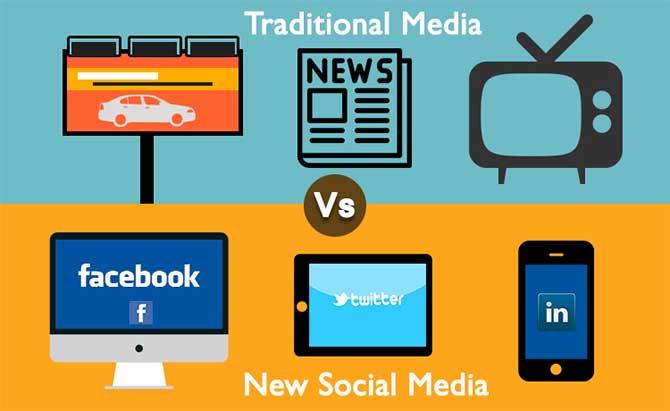 Image courtesy: miuc.com
Women very quickly internalize the thin ideal. The thin ideal means that being thin is ideal and more attractive than being fat. The thin ideal is more desirable now a days. Hair, skin and face are the aspects of beauty which media impacts. Mostly for women, thin is the beauty.
Body image is basically ones attitudes towards the size and shape of ones body. Body image means how we evaluate our body shape, physical appearance, how we feel about them and how these feelings influence our behavior. Body dissatisfaction occurs when our physical appearance is not in parity with what is being shown in the media. Body dissatisfaction leads to eating disorders and dieting.
Image courtesy: miuc.com
Women very quickly internalize the thin ideal. The thin ideal means that being thin is ideal and more attractive than being fat. The thin ideal is more desirable now a days. Hair, skin and face are the aspects of beauty which media impacts. Mostly for women, thin is the beauty.
Body image is basically ones attitudes towards the size and shape of ones body. Body image means how we evaluate our body shape, physical appearance, how we feel about them and how these feelings influence our behavior. Body dissatisfaction occurs when our physical appearance is not in parity with what is being shown in the media. Body dissatisfaction leads to eating disorders and dieting.
 Image courtesy: bbc.com
We are in constant interaction with the media these days, be it traditional form of media or social media. Thin ideal is reinforced by media by advertisements about certain products with an idea that if you buy a particular product, you too can look beautiful. The idea that thin is beautiful is prevalent a lot.
Body satisfaction has decreased in women all because of media. The image presented by media is not what the general audience actually is. This leads to decreased body satisfaction. The womens idealized body is thin and on the other hand, males idealized body is lean and muscular.
Image courtesy: bbc.com
We are in constant interaction with the media these days, be it traditional form of media or social media. Thin ideal is reinforced by media by advertisements about certain products with an idea that if you buy a particular product, you too can look beautiful. The idea that thin is beautiful is prevalent a lot.
Body satisfaction has decreased in women all because of media. The image presented by media is not what the general audience actually is. This leads to decreased body satisfaction. The womens idealized body is thin and on the other hand, males idealized body is lean and muscular.
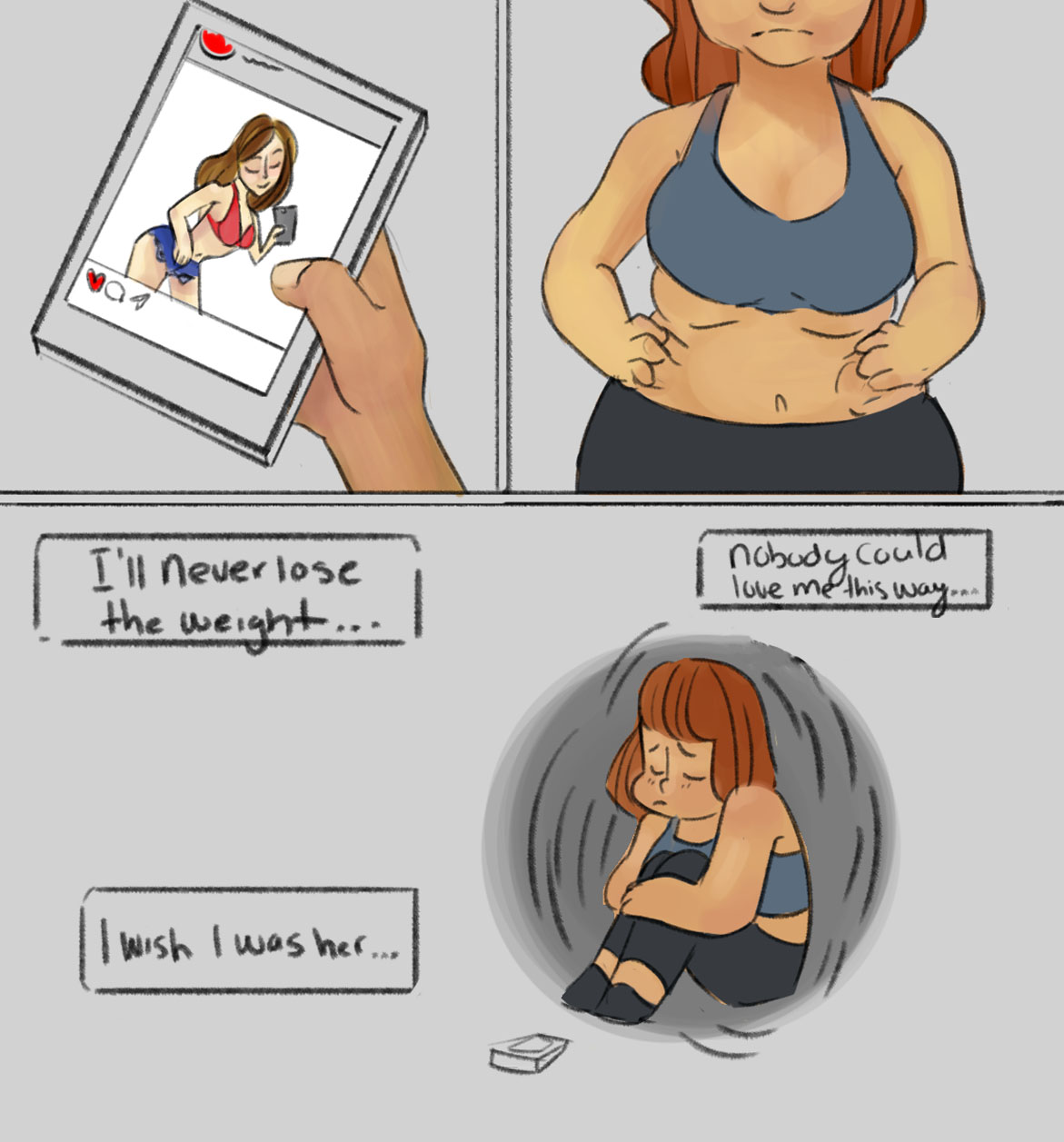 Image courtesy: medium.com
Social comparison is another important issue when it comes to beauty. Women compare themselves to what media is showing and that is social comparison. Those who engage in more social comparison, experience more body dissatisfaction.
This social comparison leads to change in behavior as in they change their way of dressing accordingly. This social comparison has an impact on womens health. Women can develop a distorted body image that can lead to eating disorders, depression or obsession.
Image courtesy: medium.com
Social comparison is another important issue when it comes to beauty. Women compare themselves to what media is showing and that is social comparison. Those who engage in more social comparison, experience more body dissatisfaction.
This social comparison leads to change in behavior as in they change their way of dressing accordingly. This social comparison has an impact on womens health. Women can develop a distorted body image that can lead to eating disorders, depression or obsession.
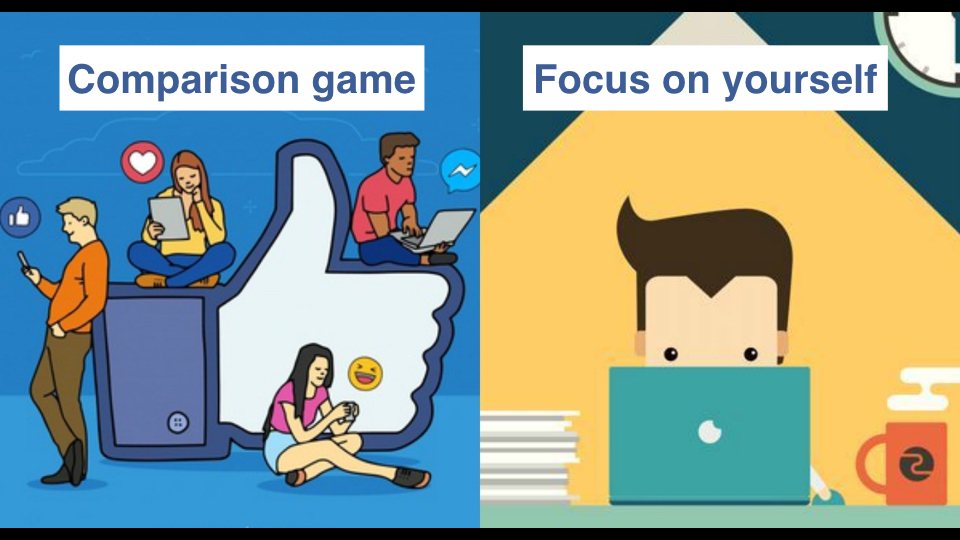 Image courtesy: lifehack.org
There is a lot of emphasis placed on appearance and beauty by media. Media also has an influence on self-esteem of women also. Social media has also led to decreased social skills in women. Lack of positive feedback in terms of beauty can lead to decreased feelings of self-worth. Adolescents and teens obsess over their own imperfections. Everyone has a different perspective about beauty. Why are we comparing ourselves to others and why do we not feel happy with how we look? The answer is Media. The images shown by media are often unrealistic and they send expectations to women that are unrealistic too. Most women do a lot to achieve the look that celebrity stars carry. They are also willing to go to any extent to achieve that look. It defines our culture. The women want to be skinny and thin. Celebrities use persuasion so that people buy the products that they endorse.
Image courtesy: lifehack.org
There is a lot of emphasis placed on appearance and beauty by media. Media also has an influence on self-esteem of women also. Social media has also led to decreased social skills in women. Lack of positive feedback in terms of beauty can lead to decreased feelings of self-worth. Adolescents and teens obsess over their own imperfections. Everyone has a different perspective about beauty. Why are we comparing ourselves to others and why do we not feel happy with how we look? The answer is Media. The images shown by media are often unrealistic and they send expectations to women that are unrealistic too. Most women do a lot to achieve the look that celebrity stars carry. They are also willing to go to any extent to achieve that look. It defines our culture. The women want to be skinny and thin. Celebrities use persuasion so that people buy the products that they endorse.
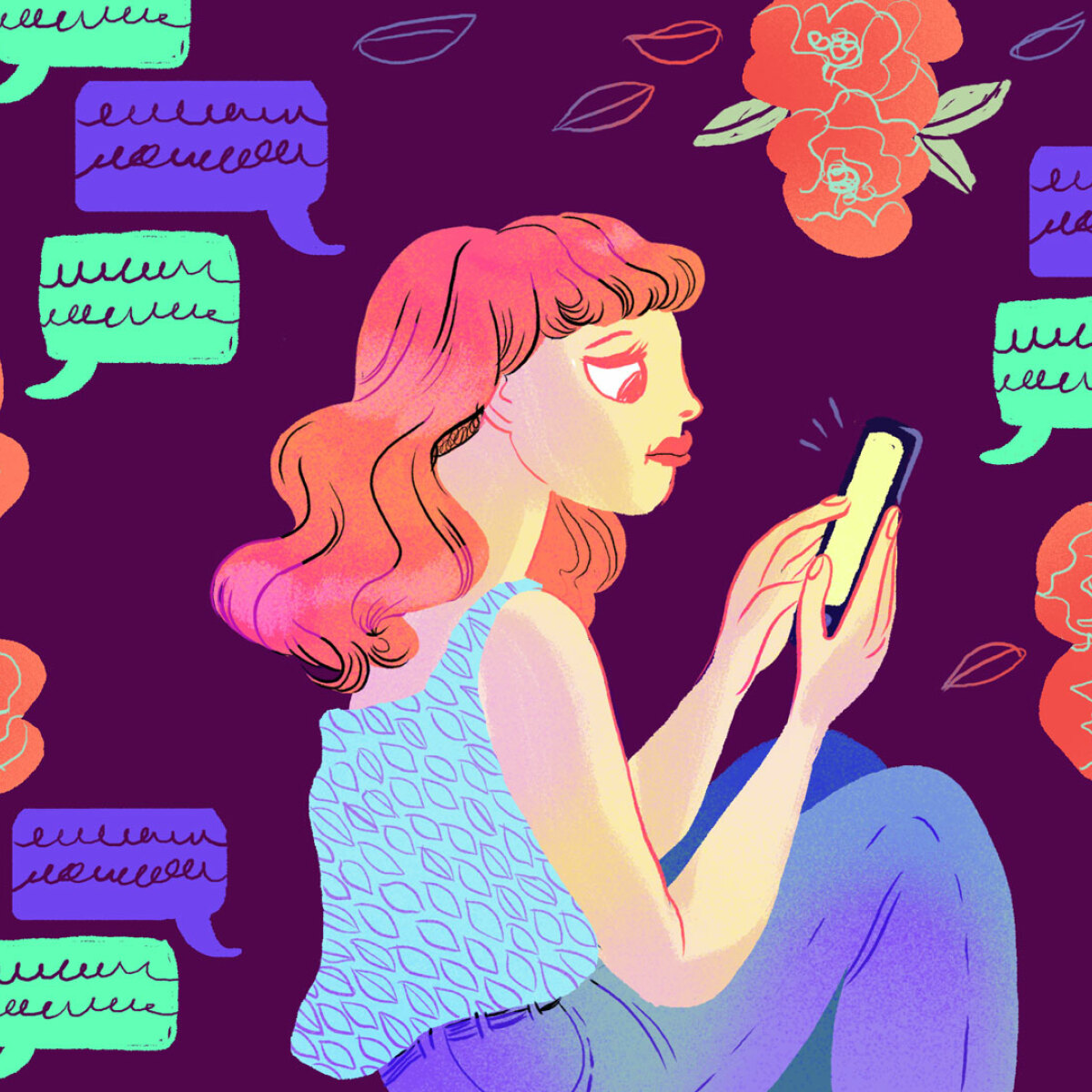 Image courtesy: meshable.com
Now a days, women have developed a distorted perception of beauty based on the influences of media. Social media causes people to think negatively about their appearance. Social media is correlated with body image issues in women. People do compare themselves with celebrities on Instagram. People judge themselves to be worse and not good. Women compare their appearance to peer groups also.
People post a lot of selfies on social media also. People want to get reassurance from others that You are looking good. Mass media has established certain standards about beauty which are pervasive. The women want to live up to those images. But when they cant, this leads to eating disorders, depression, and low self-esteem. Beauty has got a lot of subjectivity with it. It is very well said that Beauty is in the eye of the beholder. Women are forced to conform to the standards of the beauty set by media. This has an impact on self-esteem, self-identity. This paradigm has led to women diet, strictly follow what the celebrities are wearing and they are losing a sense of identity. Media leads to women eating unhealthily and it affects their health also.
It is difficult to imagine a world devoid of idealized female images. Women are very obsessed about their beauty than before. But this concern is normal. If the frequency and intensity of this obsession increases, it can lead to psychological disorders.
Young girls internalize the stereotypes media portrays and offers. The media holds the power to influence the lives of young girls and this can be both positive and negative. The negative impact can be that they feel that their body is unattractive, they are not beautiful. The connotations of beauty have changed with time. In the contemporary world, young girls have this constant urge to fit in the standards of beauty set by the media. They want to fit the mold instead of emerging as their true self. Every individual is unique in his or her way but the media has made young girls inculcate and imbibe that they have to look pretty like a Barbie Doll. The young girls are resorting to harmful ways to stay thin like weight loss pills and this leads to development of psychological disorders. Barbie doll ideal is an adult doll ideal and girls conform to it. But if we look into the history of Barbie doll, it has become a damaging symbol to young females. But now also, the ideal body is not just the Barbie doll but actresses, models and other celebrities.
Our connotations and definitions of beauty has changed as a result of social media. All age groups are affected by the unrealistic images of beauty portrayed by media. Research has shown that the most affected group are the female adolescents. The female adolescents want a perfect body shape.
Many young girls use photoshop, cosmetics and makeup to look good. This is not wrong but it is causing a lot of dissonance in behavior of women. Beauty is also related to physical as well as mental health. Media shows beauty trends that women are bound to follow. Media has the power to alter opinions.
Image courtesy: meshable.com
Now a days, women have developed a distorted perception of beauty based on the influences of media. Social media causes people to think negatively about their appearance. Social media is correlated with body image issues in women. People do compare themselves with celebrities on Instagram. People judge themselves to be worse and not good. Women compare their appearance to peer groups also.
People post a lot of selfies on social media also. People want to get reassurance from others that You are looking good. Mass media has established certain standards about beauty which are pervasive. The women want to live up to those images. But when they cant, this leads to eating disorders, depression, and low self-esteem. Beauty has got a lot of subjectivity with it. It is very well said that Beauty is in the eye of the beholder. Women are forced to conform to the standards of the beauty set by media. This has an impact on self-esteem, self-identity. This paradigm has led to women diet, strictly follow what the celebrities are wearing and they are losing a sense of identity. Media leads to women eating unhealthily and it affects their health also.
It is difficult to imagine a world devoid of idealized female images. Women are very obsessed about their beauty than before. But this concern is normal. If the frequency and intensity of this obsession increases, it can lead to psychological disorders.
Young girls internalize the stereotypes media portrays and offers. The media holds the power to influence the lives of young girls and this can be both positive and negative. The negative impact can be that they feel that their body is unattractive, they are not beautiful. The connotations of beauty have changed with time. In the contemporary world, young girls have this constant urge to fit in the standards of beauty set by the media. They want to fit the mold instead of emerging as their true self. Every individual is unique in his or her way but the media has made young girls inculcate and imbibe that they have to look pretty like a Barbie Doll. The young girls are resorting to harmful ways to stay thin like weight loss pills and this leads to development of psychological disorders. Barbie doll ideal is an adult doll ideal and girls conform to it. But if we look into the history of Barbie doll, it has become a damaging symbol to young females. But now also, the ideal body is not just the Barbie doll but actresses, models and other celebrities.
Our connotations and definitions of beauty has changed as a result of social media. All age groups are affected by the unrealistic images of beauty portrayed by media. Research has shown that the most affected group are the female adolescents. The female adolescents want a perfect body shape.
Many young girls use photoshop, cosmetics and makeup to look good. This is not wrong but it is causing a lot of dissonance in behavior of women. Beauty is also related to physical as well as mental health. Media shows beauty trends that women are bound to follow. Media has the power to alter opinions.
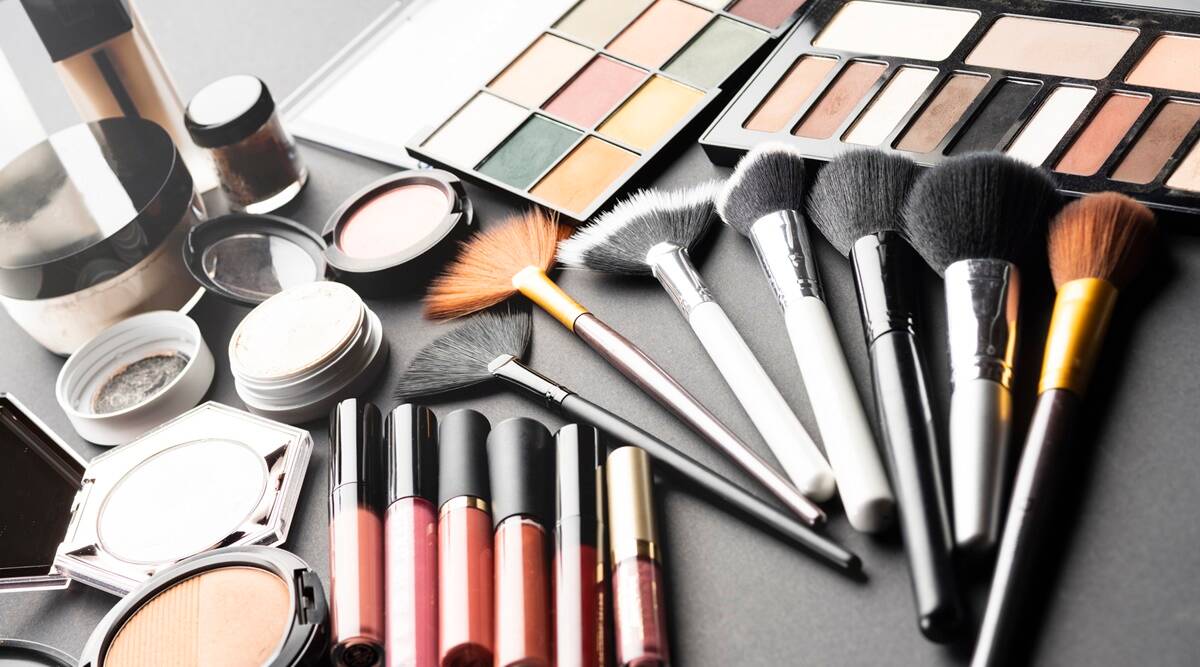 Image courtesy: indianexpress.com
Technology is rising and media is playing a vital role in transmitting information and connect people across the globe. But media has both its pros and cons. Media has set certain standards of beauty that are difficult to follow by women. Social media can hurt your self-esteem and body image by constantly showing the ideal body which leads to social comparison. Media uses thin and very attractive models known as the thin ideal which reinforce the idea that thin is pretty. There has been research that even 30 minutes on the social media can make women think negative about their appearance. The feminine beauty ideal is portrayed constantly by the media. Beauty as portrayed by media is basically the attractiveness, in terms of shiny hair, gorgeous body, loveliness.
Social media is also positively affecting our notions of beauty and health as well. The continuous emphasis on health, fitness regime and wellness has a positive impact. We can overcome beauty standards by accepting ourselves as we are, by seeking professional help and by stopping trying to be like anybody.
Unrealistic beauty standards are a blot on society. They can lead to various other issues other than psychological problems. Some other psychological problems are body dysmorphic disorder also. Beauty is undoubtedly important in the society. Beauty has an emotional, creative and spiritual manifestation also, not just physical. Beauty has to come from within and not just physical beauty should be the norm.
Beauty standards that are very common are thinness especially. You cant be dull or dark, you have to look fair. Media reinforces these beauty standards. Perceptions of Beauty are also affected by culture. There are cultural differences also in the way people construe beauty. The quest for a perfect look has been there since time immemorial. Culture has a huge role to play in the notions of beauty.
The concept of beauty is hard to define in a way because it is very subjective also. Beauty is aesthetic. As the society has progressed, the women have developed this obsession with beauty. We need to accept our imperfect selves as no one is perfect after all. There are imperfections and perfect beauty is unattainable. So we need to see that where to draw a line to demarcate.
Image courtesy: indianexpress.com
Technology is rising and media is playing a vital role in transmitting information and connect people across the globe. But media has both its pros and cons. Media has set certain standards of beauty that are difficult to follow by women. Social media can hurt your self-esteem and body image by constantly showing the ideal body which leads to social comparison. Media uses thin and very attractive models known as the thin ideal which reinforce the idea that thin is pretty. There has been research that even 30 minutes on the social media can make women think negative about their appearance. The feminine beauty ideal is portrayed constantly by the media. Beauty as portrayed by media is basically the attractiveness, in terms of shiny hair, gorgeous body, loveliness.
Social media is also positively affecting our notions of beauty and health as well. The continuous emphasis on health, fitness regime and wellness has a positive impact. We can overcome beauty standards by accepting ourselves as we are, by seeking professional help and by stopping trying to be like anybody.
Unrealistic beauty standards are a blot on society. They can lead to various other issues other than psychological problems. Some other psychological problems are body dysmorphic disorder also. Beauty is undoubtedly important in the society. Beauty has an emotional, creative and spiritual manifestation also, not just physical. Beauty has to come from within and not just physical beauty should be the norm.
Beauty standards that are very common are thinness especially. You cant be dull or dark, you have to look fair. Media reinforces these beauty standards. Perceptions of Beauty are also affected by culture. There are cultural differences also in the way people construe beauty. The quest for a perfect look has been there since time immemorial. Culture has a huge role to play in the notions of beauty.
The concept of beauty is hard to define in a way because it is very subjective also. Beauty is aesthetic. As the society has progressed, the women have developed this obsession with beauty. We need to accept our imperfect selves as no one is perfect after all. There are imperfections and perfect beauty is unattainable. So we need to see that where to draw a line to demarcate.
HOW MEDIA INFLUENCES PERCEPTIONS OF BEAUTY
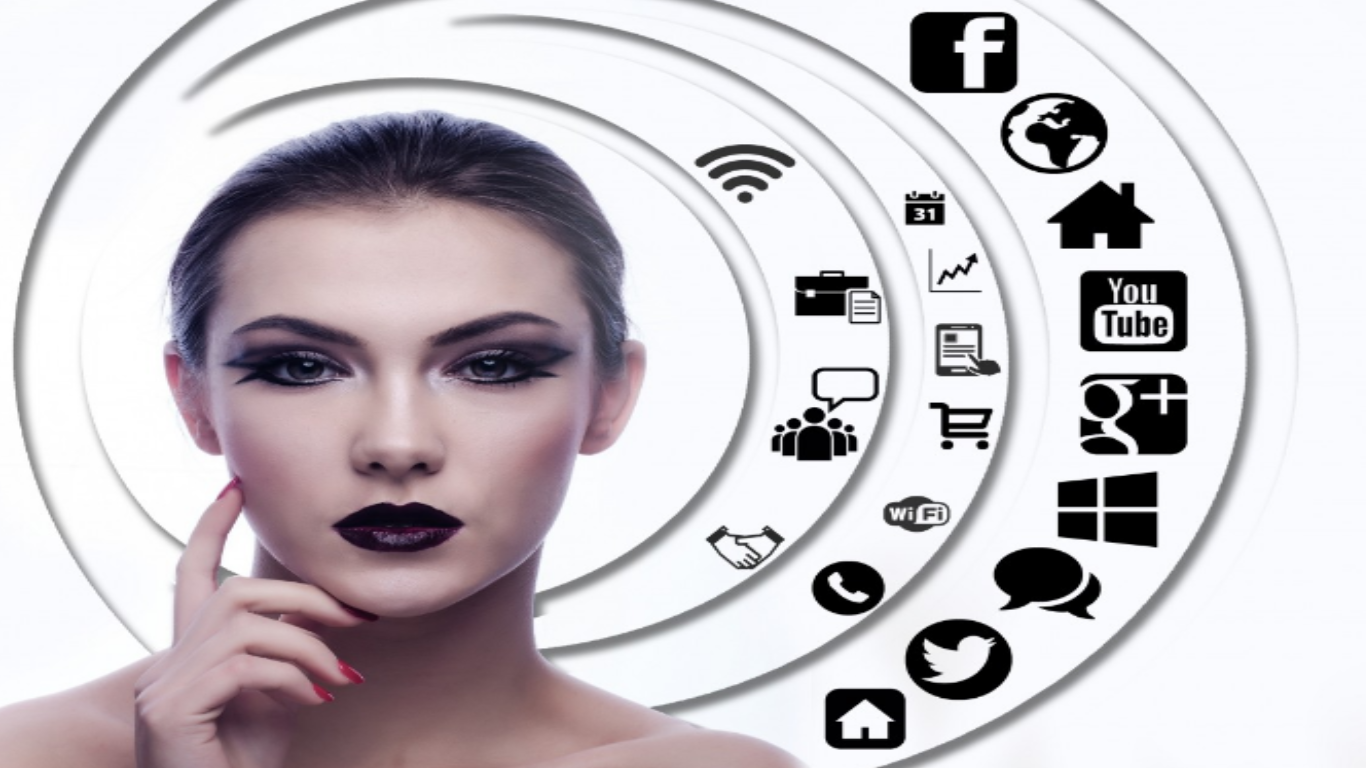
Published: Nov 10, 2021